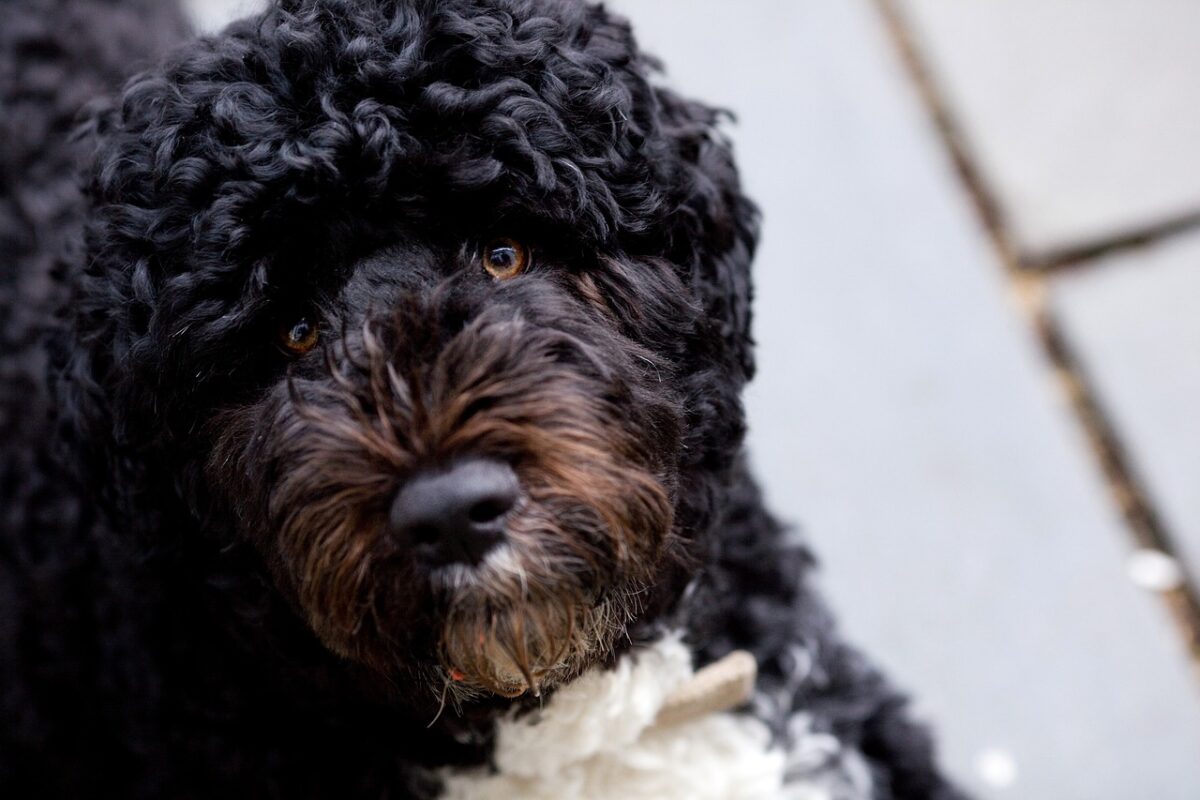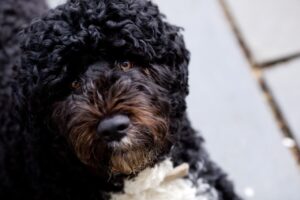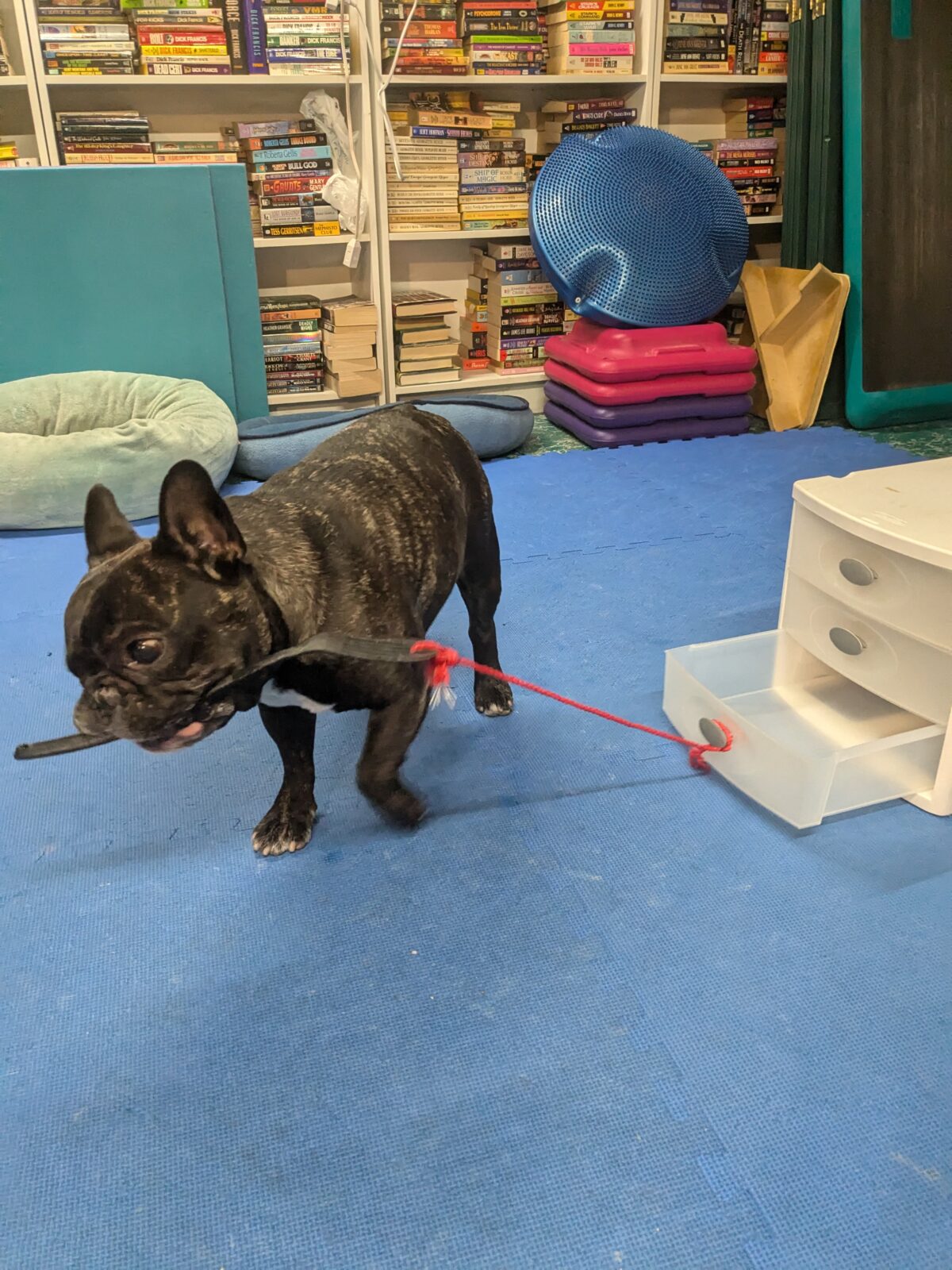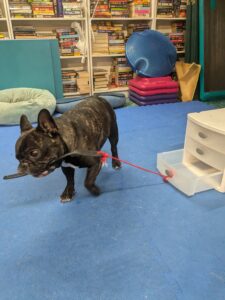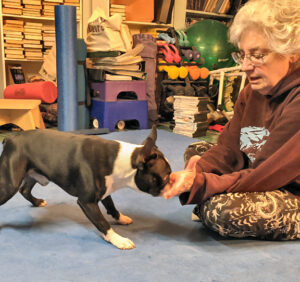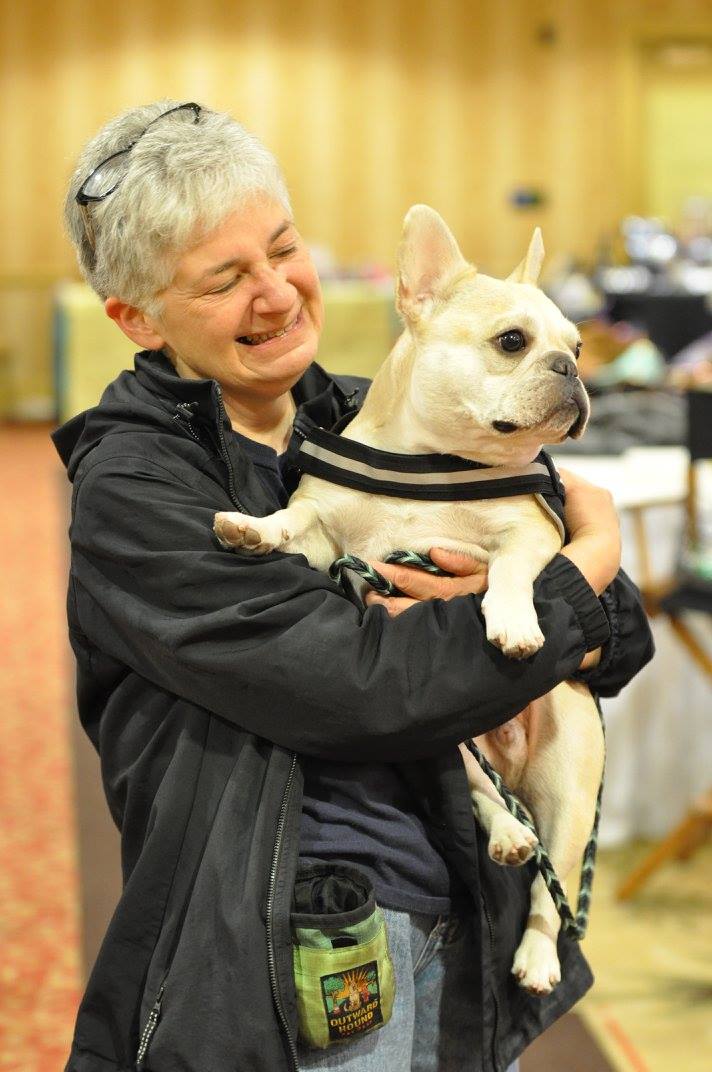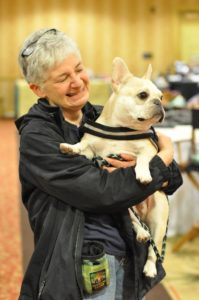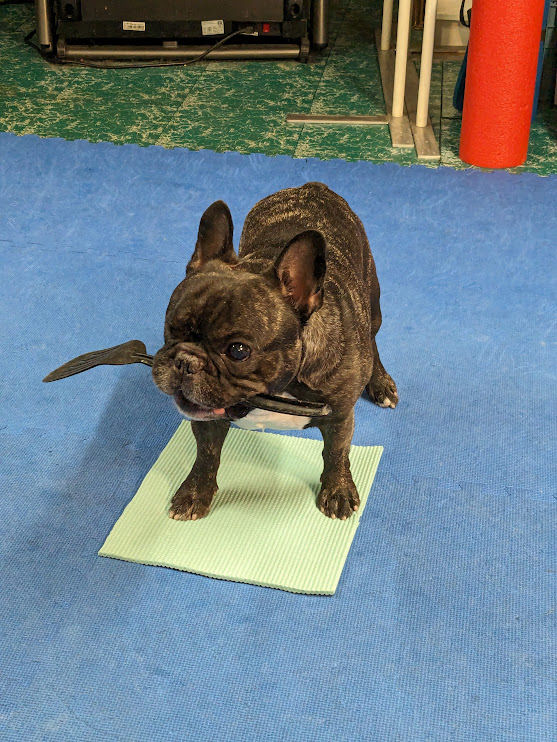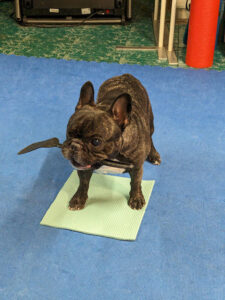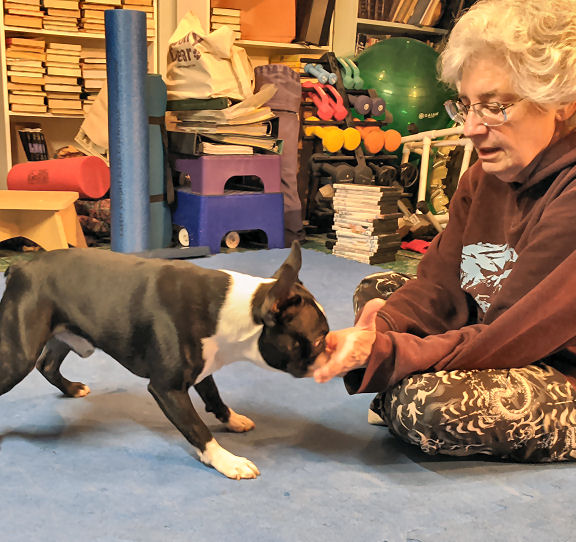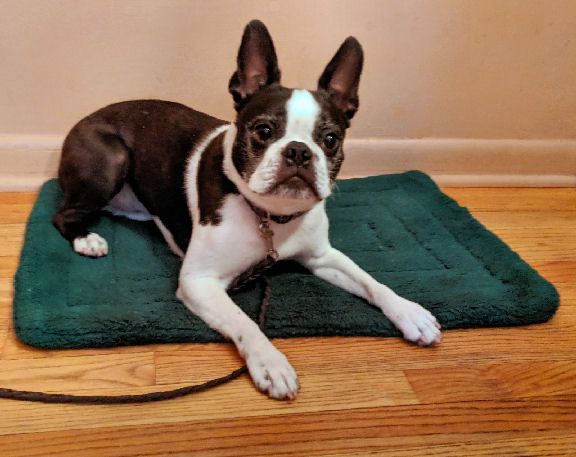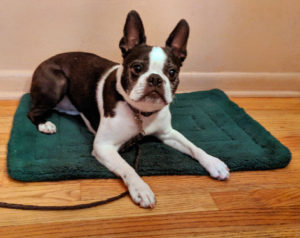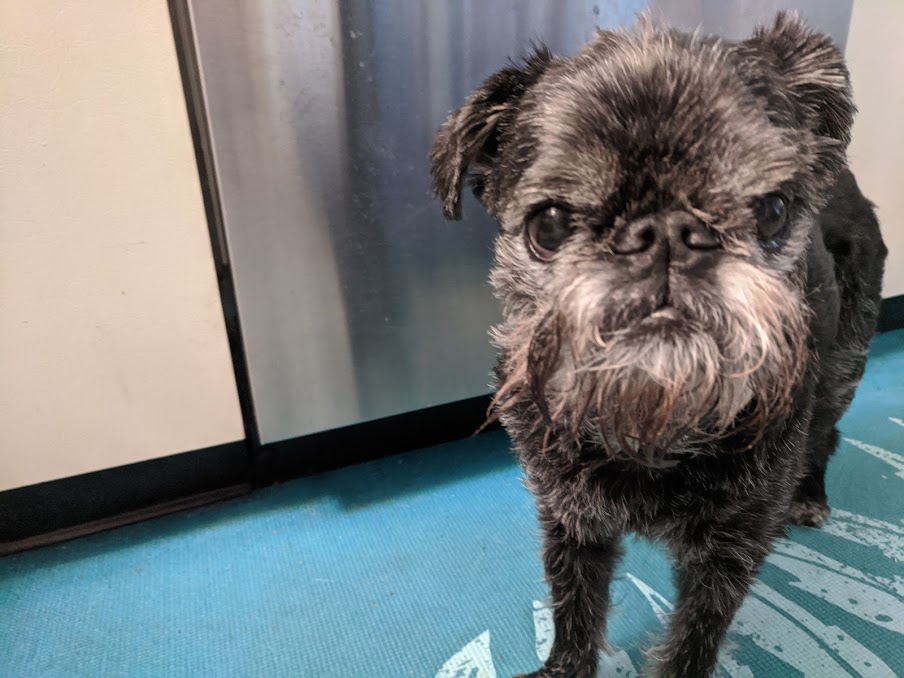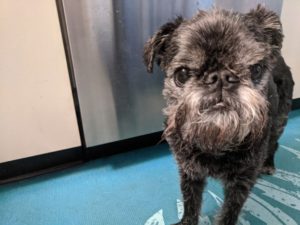Many dog owners think their dogs pull on leash because they’re in a hurry. They want to get “over there” to sniff whatever nasty things are on the ground. Or maybe the dogs like going faster. Maybe their dogs think there’s something more interesting around the corner.
The truth is much more basic. Dogs like having a tight leash. The reason is simple. If the leash is tight, they don’t have to pay attention to you. When dogs pull on leash, they know exactly where you are and what you’re doing. They can focus on everything around them, and not worry about where you are. In lots of ways, it’s easier for your dog to pull, even if it chokes them, than divide their attention.
Don’t try breaking it
As everyone knows, habits are hard to change. The longer the habit’s been entrenched, the harder it is to break. That’s one of the reasons we don’t try to break the pulling habit. Instead, we establish a new walking game and use it until it becomes a habit you’ll want to keep.
Since dogs always choose the action that’s most rewarding, being by your side has to be the most valuable option. Arm yourself with your dog’s highest-value treats for the Pattern Walking Game. Whether that’s hot dogs, cheese, or whatever bizarre thing your dog loves above all else, have it ready.
Pattern Walking Game
The first step is to choose a three-word phrase you can remember easily. Most people choose “one, two, three.” But it can be anything your dog doesn’t hear all day every day. One of our trainees chose “Coffee, Tea, Wine.” You’ll be saying it a lot, so choose a phrase that comes to you easily. We’ll use “one, two, three,” here. You use your chosen phrase for the steps.
Get five treats and your dog. On leash is good, since that’s how your dog will associate the phrase with walking. Now say the third word in your phrase and give your dog a treat – 5 times.
“Three.” Give your dog a treat.
“Three.” Treat.
“Three.” Treat.
“Three.” Treat.
“Three.” Treat.
Your dog doesn’t have to do anything, be anywhere in particular to get the treat. It helps if you say it in an excited voice.
Next steps
Get five more treats and say the second and third words in your phrase. Emphasize the third word. Give your dog a treat when you say the third word:
“Two, THREE!” Treat.
“Two, THREE!” Treat.
“Two, THREE!” Treat.
“Two, THREE!” Treat.
“Two, THREE!” Treat.
We bet you can guess what the next step is in teaching your dog the Pattern Walking Game. Get another five treats and:
“One, Two, THREE!” Treat.
“One, Two, THREE!” Treat.
“One, Two, THREE!” Treat.
“One, Two, THREE!” Treat.
“One, Two, THREE!” Treat.
Where you want them
The first few times you play the game, that’s all you do. You have to establish the link between the third word and reward. Once your dog whips their head around at the sound of your third word, you can move on to the next step – where the treat is located.
This step teaches your dog to be in the “reward zone.” Hold the treat by your thigh, on the side where you want your dog to walk. Start all over with three sets of five treats, always holding the treat on “THREE!” where you want your dog’s head to be. That’s by your side. Your dog should start looking for the treat on “Two” and be looking for your reward hand.
Put it in motion
Again, depending on your dog, only move on when your dog anticipates where the reward will be by going to the reward zone as you say your 3-word phrase.
Once the dog is reliably at your side on “THREE!”, take a step as you say each word of the phrase. If your dog isn’t at your side when you say “THREE!”, just wait. Don’t move the treat, or wave it around. Your dog may need a moment to think, so let them. When they come to your side, give them the treat and do it again. And again.
Stretch it out
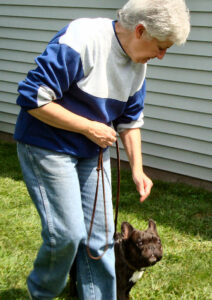
When your dog understands, take two steps for every word in the phrase. Take your pattern walking to different rooms, outside, in the yard, etc. Put it in motion and take it for a test run.
You can make Pattern Walking a part of longer walks. If you go for 30 minutes walks, don’t use the Pattern Walking Game more than five minutes at a time. If you use it in the middle of a longer walk, set yourself up for success. Get your dog’s attention. Have them sit. Do a quick “One, Two, THREE!” Treat!. And then start the game’s motion.
Using Pattern Walking on a regular basis during walks will establish it as a new habit that’s fun for both of you. It takes some time. That’s okay. It takes time to establish a new routine.
Word of caution
Once your dog is in love with the third word in your phrase it’s tempting to abuse it. It’s not a substitute for a good “Come!” It’s not a way to get your dog’s attention. We’ve had students who start repeating “Three! Three! Three!” when their dog loses attention. Don’t. Use a game like “Touch!” Or “Puppy Push-ups” to center your dog.
Keep your 3-word Pattern Walking phrase sacred for walking. Every time your dog hears the third word, they should get a treat by your side. Every time. No exceptions. If you stick to it, your dog will know exactly what’s expected of them and do it reliably.


